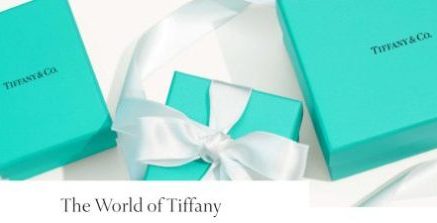Long before fashion trends and beauty standards emerged, brunettes were already walking the Earth. Some of the earliest modern humans carried the rich hues of brown and black in their hair—a trait that has since woven itself deeply into the evolutionary fabric of humanity. Today, brunette shades—ranging from the deepest jet black to light, warm brown—make up over 95% of the world’s population. It’s more than a color—it’s a legacy.
The science behind brunette shades lies in eumelanin, the pigment responsible for the richness and darkness of hair. The higher the eumelanin content, the darker the hair. People with black or dark brown hair carry this pigment in abundance, while blondes and redheads have significantly less. Remarkably, black hair dye was the very first permanent dye invented—developed as early as 1500 BC by the Greeks and Romans. It was seen as exotic and desirable, solidifying the dark-haired mystique in ancient societies. Centuries would pass before other dyes followed.
Brunettes have left indelible marks across every field—arts, science, politics, and invention. Style icons like Audrey Hepburn and Lisa Bonet redefined elegance and edge, while figures such as Jackie Kennedy Onassis embodied timeless grace. Beyoncé continues to set global records, reminding the world that brunette brilliance knows no bounds. The phrase “tall, dark, and handsome” remains a testament to the universal allure of brunet men, from George Clooney to global runway fixtures.
Cultural perceptions have often tied hair color to personality—rarely with basis, but always with impact. Film and media frequently cast brunettes as complex, cunning, or seductive, especially when contrasted with their blonde counterparts. This binary portrayal may have seeded the infamous “brunette vs. blonde” rivalry in pop culture, yet over time, brunettes have reclaimed these narratives—owning the screen and the spotlight with unapologetic depth and magnetism.
Geographically, brunette shades reflect the climate, gene flow, and evolutionary pressures of different regions. Light brown hair appears predominantly in northern and central Europe, as well as Australia, while medium to dark brown hair reigns in Mediterranean countries, the Middle East, and parts of North Africa. Deep brunette to black hair is dominant across Central and South Asia, South America, and East Asia. The shades may vary, but the strength behind them is universal.
Throughout history, brunette trailblazers have changed the course of innovation. Madam C. J. Walker, a proud black-haired entrepreneur, became the first female self-made millionaire in America—transforming haircare for women of color. Melitta Bentz, another brunette visionary, invented the world’s first coffee filter in 1908, revolutionizing morning routines forever. And Margaret E. Knight, dubbed the “female Edison,” gave us the flat-bottom paper bag, an invention still vital to retail and commerce today.
Even our everyday language nods to brunette influence. We describe hair in shades of espresso, chocolate, cinnamon, and chestnut—terms that conjure warmth, richness, and strength. These metaphors reflect the depth and versatility of brunettes—not just as a hair color, but as a cultural and evolutionary symbol.
Brunettes are not mysterious by chance—they are impactful by nature. From ancient civilizations to today’s global stage, they continue to influence society, reshape narratives, and challenge norms. So here’s to the eumelanin kings and queens of the world: wear your shade not just proudly, but powerfully.



